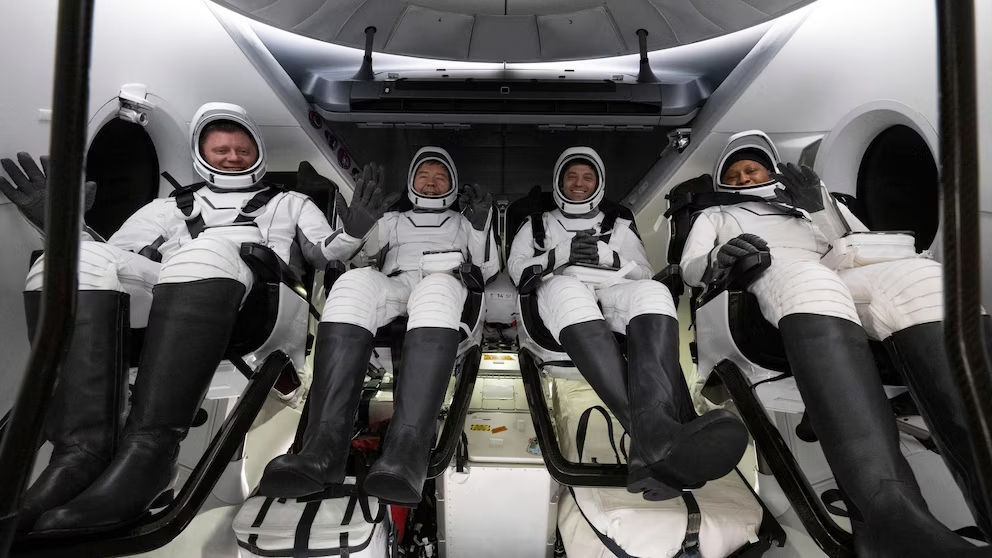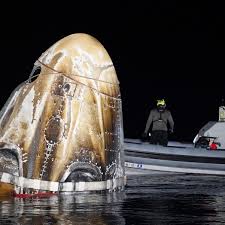
Ryan Bautista | News Editor
October 31, 2024
Four astronauts have recently returned to Earth after nearly eight months in space. Technological safety concerns and awful weather extended their stay in the International Space Station by 25% the original time.
Imagine being trapped with the same group of people for almost eight months. That’d be pretty tough, right? Now add that you are 254 miles away from solid ground and do not know when you will get home. Junior Connor Crilly states how he would not “last a week with the same group of people,” and almost eight months would be “unimaginable.”
This was the life of Americans Matthew Dominick, Michael Barratt, and Jeanette Epps, and Russia’s Alexander Grebenkin. They were sent to the International Space Station by SpaceX back in March, and they have been living in no-gravity conditions since then.
Their supposed ride back, Boeing’s new Starliner capsule, experienced safety concerns in the transit to and during its stay at the ISS. Mr. Andre, the engineering teacher at SCHS, described it as a “piece of crap” and that it shouldn’t have been sent up there in the first place. “It could [also] be still stuck up there” he continues, citing how it could not properly disengage from the airlock on the ISS.

As a result of these failures, it was sent back empty and the astronauts’ mission in space continued. The deployment was further postponed by the dangerous weather back on Earth, like Hurricane Milton. This weather caused high winds and extremely rough seas, which was problematic for re-entry procedures that resulted in the capsule landing in the ocean.
Finally, a week ago, the astronauts returned home. Their space capsule landed in the Gulf of Mexico after a successful splashdown, putting an end to their eight-month mission.
That length of time in space left its mark on the astronauts. One of them, who has not been named by NASA at this time, was flown to a hospital in Pensacola, Florida, soon after the splashdown. This is just a precautionary measure, and the astronaut is in stable condition. The rest of the astronauts were officially discharged and went back to NASA’s headquarters in Houston. What their lives will be like now is still to be determined.
The astronauts’ long weightlessness experience is something humans weren’t designed to deal with for such a long time, and its effects on people are still unknown. These astronauts will probably be guinea pigs in the future so people can learn more about how much weightlessness humans should be exposed to. This data can help researchers down the line as people try to reach other stars and planets. Crilly hopes that all these challenges “weren’t for nothing” and that “people will learn from them for the future.”
While this technical failure was unexpected and required multiple deviations from the original plan, it stands as a testament to the ingenuity and perseverance of the astronauts and the people supporting them.

Leave a Reply